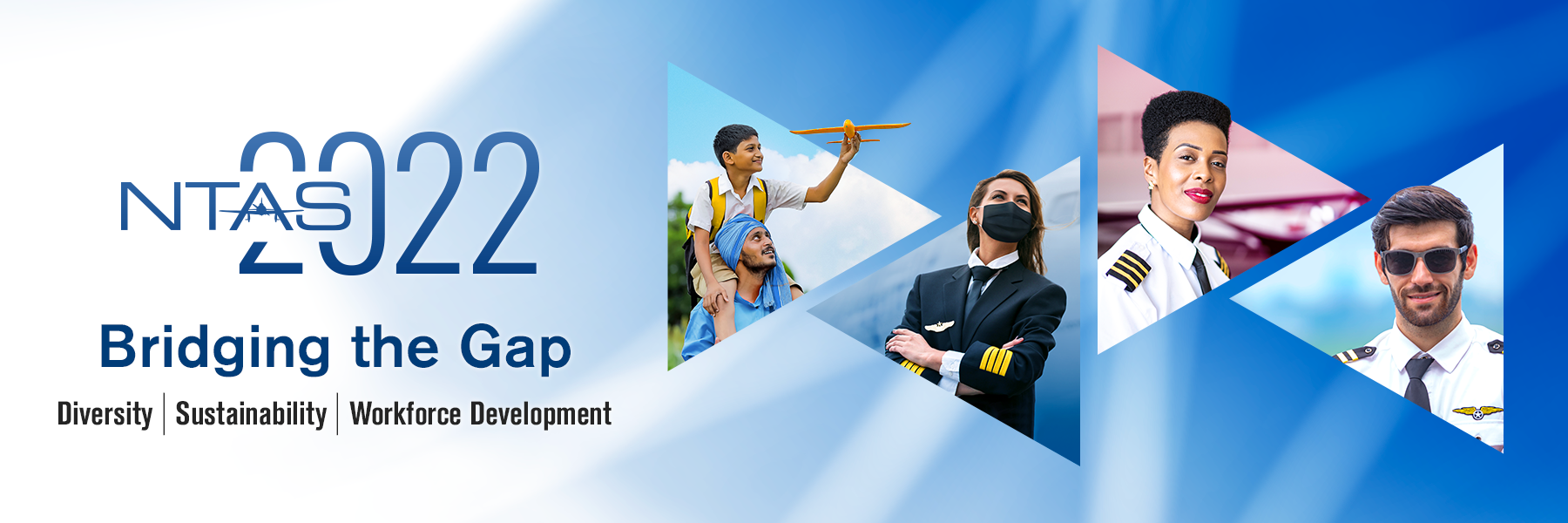Presenter Email
sfussel2@kent.edu
Keywords
virtual reality, augmented reality, mixed reality, education, training
Abstract
The COVID-19 pandemic had a profound impact on education and training. Institutions that relied heavily on face-to-face instruction suddenly needed alternative modalities to keep students on course, forcing educators and trainers to employ a variety of educational techniques via technologies that they may not have had experience with. This shift has brought the advantages – and disadvantages – of augmented, mixed, and virtual reality technologies (collectively, extended reality or XR) for education and training into sharp focus. Programs were quickly assembled, and not always with consideration of learning theories. As learning and training were resumed in in-person settings, academics and industry alike were faced with a new challenge: How do we continue to develop XR technologies to leverage efficiencies and expand opportunities without sacrificing learning and training outcomes?
This question has brought researchers, practitioners, developers, and innovators together into an XR Research Consortium to advocate for the design, evaluation, implementation, and sharing of findings of XR technology in a variety of learning and training environments. Although many of the members have a background in aviation and aerospace, a goal of the Consortium is to expand into other industries and promote XR technologies as educational tools.
Members of the Consortium will discuss:
- Current research, gaps in the research, potential for XR
- Using XR to make learning/training more accessible
- Choosing an XR technology that aligns with learning/training outcomes
- Cybersecurity considerations of XR in a learning/training environment
Demonstrations of XR applications for training will be included. The session will include time for an open discussion.
Included in
Aviation and Space Education Commons, Aviation Safety and Security Commons, Educational Technology Commons
XR in Aviation Training: Insight from Academia, Industry, and Non-Profit Institutions
The COVID-19 pandemic had a profound impact on education and training. Institutions that relied heavily on face-to-face instruction suddenly needed alternative modalities to keep students on course, forcing educators and trainers to employ a variety of educational techniques via technologies that they may not have had experience with. This shift has brought the advantages – and disadvantages – of augmented, mixed, and virtual reality technologies (collectively, extended reality or XR) for education and training into sharp focus. Programs were quickly assembled, and not always with consideration of learning theories. As learning and training were resumed in in-person settings, academics and industry alike were faced with a new challenge: How do we continue to develop XR technologies to leverage efficiencies and expand opportunities without sacrificing learning and training outcomes?
This question has brought researchers, practitioners, developers, and innovators together into an XR Research Consortium to advocate for the design, evaluation, implementation, and sharing of findings of XR technology in a variety of learning and training environments. Although many of the members have a background in aviation and aerospace, a goal of the Consortium is to expand into other industries and promote XR technologies as educational tools.
Members of the Consortium will discuss:
- Current research, gaps in the research, potential for XR
- Using XR to make learning/training more accessible
- Choosing an XR technology that aligns with learning/training outcomes
- Cybersecurity considerations of XR in a learning/training environment
Demonstrations of XR applications for training will be included. The session will include time for an open discussion.



Comments
Presented in Session 4B - The Future of XR in Training: A Conversation